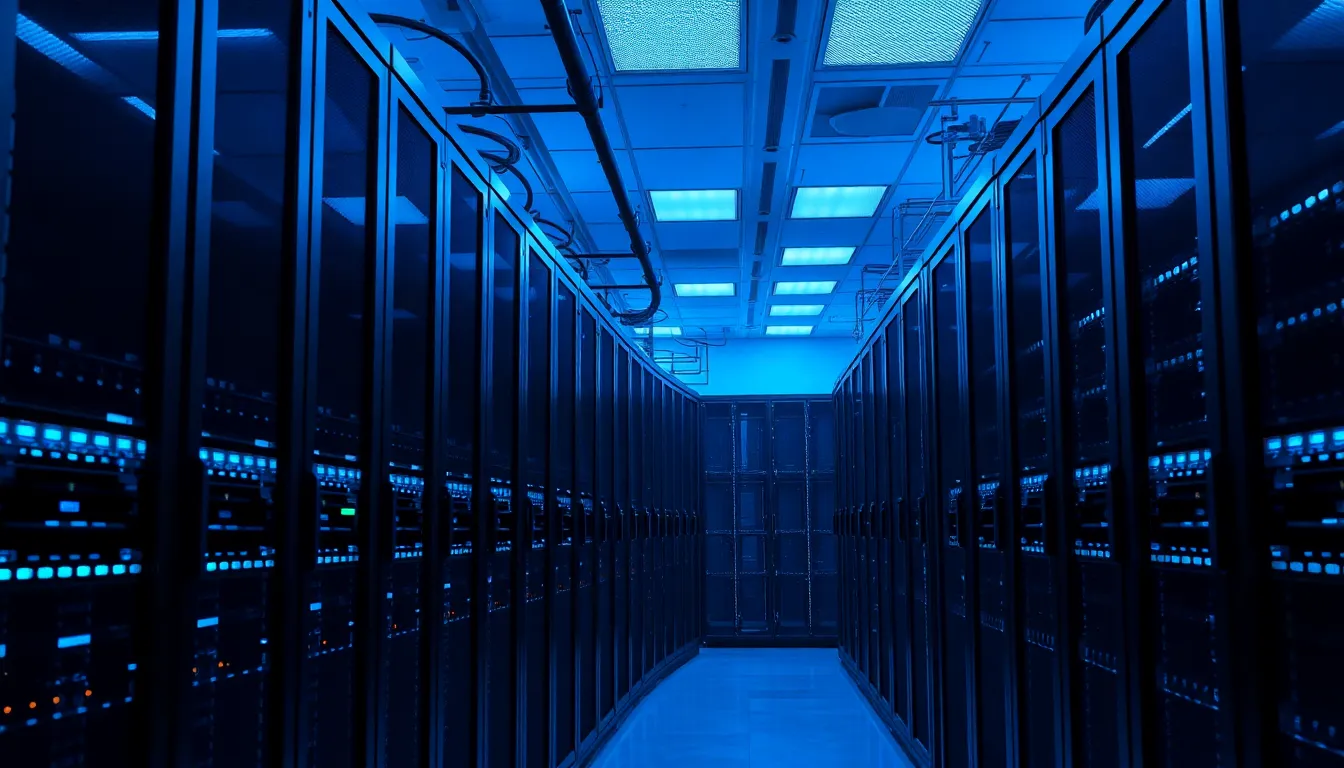In the bustling world of cloud computing, multitenancy is the unsung hero that keeps everything running smoothly. Imagine a high-rise apartment building where each tenant enjoys their own space while sharing the same infrastructure. That’s multitenancy for you—efficient, cost-effective, and a little bit like living in a communal utopia, minus the awkward shared laundry experiences.
Table of Contents
ToggleOverview of Multitenancy in Cloud Computing
Multitenancy enables multiple customers to share the same computing resources while retaining distinct data environments. Cost savings arise from resource sharing, making multitenancy a preferred choice for cloud service providers. Scalability attracts various businesses, as they can adjust their resource usage based on demand without overspending.
Security plays a crucial role in multitenant environments. Providers implement strict access controls and data segregation techniques to ensure tenant data remains separate. Using encryption helps protect sensitive information from unauthorized access. Compliance with regulations like GDPR and HIPAA often influences how multitenant solutions are designed.
Performance is another key consideration for multitenancy. Cloud providers optimize their infrastructure to prevent one tenant’s usage from negatively impacting others. Load balancing and resource allocation techniques ensure consistent performance levels across all tenants.
Examples of multitenancy models include Software as a Service (SaaS) platforms, where applications serve multiple clients from a single instance. Notable providers, like Salesforce and Microsoft 365, exemplify this model. They deliver personalized experiences to users while maintaining the same underlying architecture.
Service-level agreements (SLAs) outline the expectations between cloud providers and customers in a multitenant setup. SLAs typically cover uptime guarantees, support response times, and security measures. Understanding these agreements helps tenants choose the right provider for their needs.
Overall, multitenancy in cloud computing fosters collaboration, efficiency, and adaptability while addressing unique tenant requirements.
Benefits of Multitenancy

Multitenancy offers numerous advantages that enhance cloud computing efficiency and effectiveness. Below are key benefits of multitenancy.
Cost Efficiency
Cost efficiency stands out as a primary benefit of multitenancy. Multiple tenants share the same infrastructure, significantly reducing operational costs for cloud service providers. This shared environment allows businesses to access enterprise-level resources without the high expenses of dedicated infrastructure. As a result, monthly subscription fees often drop, making advanced technology accessible to smaller organizations. Savings accumulate from maintenance costs and power usage, translating into lower prices for end-users. Overall, this arrangement boosts profitability for providers while offering affordable solutions for customers.
Resource Optimization
Resource optimization defines another critical aspect of multitenancy. Cloud providers maximize resource utilization by distributing workloads among various tenants. Instead of running idle servers, providers dynamically allocate resources based on real-time demand. Load balancing techniques ensure that each tenant receives adequate resources while preventing one from monopolizing the system. With this approach, scalability becomes seamless; businesses can effortlessly expand or contract their resource usage. Such flexibility reduces waste and enhances overall system performance. Ultimately, effective resource optimization leads to improved service quality for all tenants involved.
Challenges of Multitenancy
Multitenancy presents several challenges that require careful consideration.
Security Concerns
Security concerns remain a top priority in multitenant environments. Cloud providers implement stringent access controls to prevent unauthorized access. Data segregation techniques also play a vital role in ensuring each tenant’s information remains isolated. Encryption is necessary for protecting sensitive data during transmission and storage. Compliance with various regulations, such as GDPR and HIPAA, influences the security measures that providers adopt. Regular security audits help identify vulnerabilities and maintain user trust. Tenants must recognize their responsibility in securing their accounts to enhance overall protection.
Performance Issues
Performance issues can arise when tenants share computing resources. Resource contention may lead to performance degradation during peak usage times. Cloud providers must optimize their infrastructure to mitigate these risks. Load balancing techniques are essential for distributing workloads evenly across servers. Provider capacity planning helps anticipate demand fluctuations and assigns resources accordingly. Monitoring tools enable real-time performance assessments, identifying bottlenecks quickly. Maintaining performance levels ensures consistent user experiences, critical for customer satisfaction in multitenant solutions.
Best Practices for Implementing Multitenancy
Implementing multitenancy requires careful planning and execution to ensure efficiency and security across shared resources.
Design Considerations
Effective design is essential for a successful multitenant architecture. Scalability needs careful attention, as the system must accommodate varying loads from multiple tenants. Performance optimization includes distributing workload evenly across resources to avoid bottlenecks. Data isolation remains a priority, ensuring that one tenant’s data cannot be accessed by others. Resource allocation strategies should be flexible, allowing dynamic responses to demand fluctuations. Furthermore, compliance with regulations such as GDPR and HIPAA is crucial in shaping design choices, safeguarding tenant data, and maintaining trust.
Testing and Monitoring
Regular testing and monitoring are vital components of multitenant environments. Implementing automated testing helps detect vulnerabilities and performance issues early. Monitoring tools track system performance in real-time, quickly identifying resource contention and ensuring optimal operation. Security audits need to occur periodically, verifying access controls and data segregation compliance. Moreover, usage metrics provide insights into resource utilization, guiding future enhancements. Continuous monitoring establishes a proactive approach, enabling cloud providers to maintain high service levels and address tenant concerns promptly.
Future Trends in Multitenancy
Emerging trends in multitenancy signal a shift towards greater efficiency and flexibility. Artificial intelligence (AI) integration enhances resource management and customer experience by leveraging predictive analytics and machine learning algorithms. As a result, cloud providers can offer tailored services that adjust dynamically to tenant needs.
Containers and microservices architectures are gaining traction, enabling more efficient application deployment and scaling. These technologies facilitate isolation between tenants while optimizing resource usage, significantly improving system performance and reducing overhead costs.
Regulatory compliance continues to shape multitenancy solutions. Cloud providers increasingly design infrastructure with data privacy regulations in mind, ensuring adherence to standards such as GDPR and HIPAA. Enhanced security measures, including advanced encryption and real-time monitoring, safeguard sensitive information and mitigate risks associated with data breaches.
User experience plays a pivotal role in the future of multitenancy. Providers now prioritize personalized interfaces and self-service models, empowering tenants to customize services according to their specific needs. This strategy fosters client satisfaction and encourages loyalty, benefiting both parties.
The rise of edge computing influences multitenancy dynamics as well. By processing data closer to end users, cloud services can reduce latency and enhance application performance. This shift allows businesses to deliver faster, more responsive applications while maintaining cost-effective resource management.
Lastly, sustainable practices are emerging as a critical consideration in multitenancy. Cloud providers are investing in energy-efficient technologies and eco-friendly data centers, minimizing their ecological footprint. Combining cost savings with environmental responsibility aligns with current market demands and client values.
Multitenancy in cloud computing stands out as a transformative approach that balances efficiency and cost-effectiveness. By enabling multiple tenants to share resources while maintaining individual data environments, it fosters a collaborative yet secure atmosphere. The benefits of scalability and resource optimization enhance performance and affordability, making it an attractive option for businesses of all sizes.
As technology evolves, the integration of AI and other advanced methodologies promises to further optimize multitenant environments. With a focus on security compliance and user experience, cloud providers are well-positioned to meet the demands of an increasingly dynamic market. Embracing these innovations ensures that multitenancy remains a cornerstone of cloud computing’s future, driving growth and adaptability across industries.



